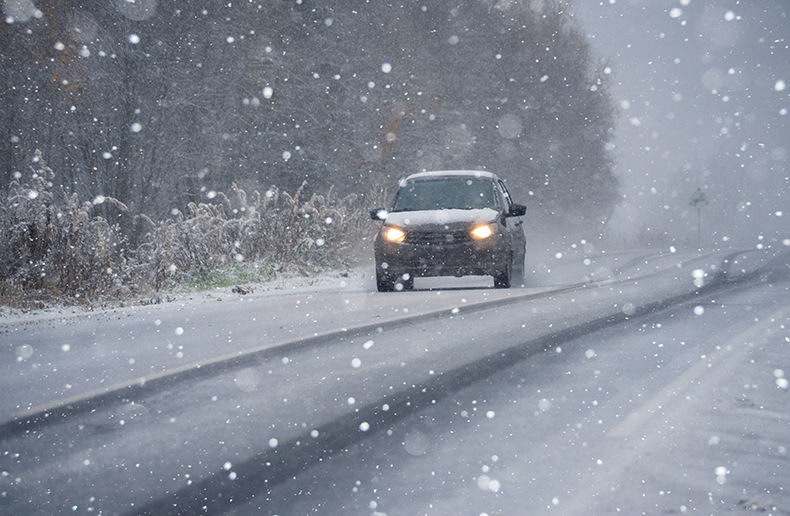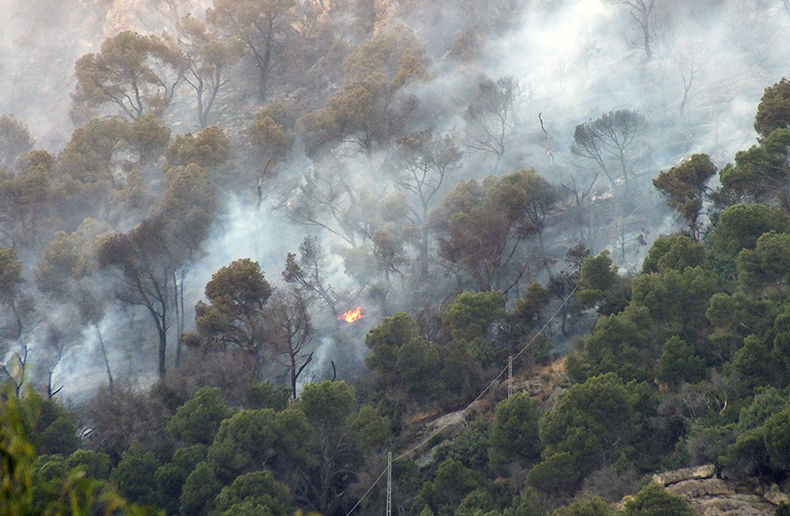A new AM Best special report – its latest annual look at the global reinsurance industry – shows that after several years of struggling to meet their cost of capital, key players have started to turn the corner. That said, they add that considerable uncertainty remains over sizable COVID-19-related claims reserves, which will take years to develop.
“We are maintaining our outlook for the global reinsurance segment at stable,” AM Best writes in its most recent Best’s Market Segment Report, Global Reinsurance Outlook Remains Stable in a More Uncertain World. Although the pandemic has created economic and operational challenges globally, they say positive trends include resilient balance sheets, as demonstrated by insurers’ ability to raise capital. “In addition, reinsurance pricing has improved,” they add. “Traditional reinsurers remain well capitalized.”
They add that a number of reinsurers are expanding their presence in the direct, non-life segment, focusing particularly on commercial, specialty and excess and surplus business. “Since the onset of the pandemic, the natural response has been to add exclusions and restrict cover in general,” they write.
“Global reinsurers generally have been able to absorb the exceptional shock from the pandemic, despite material losses. Their balance sheets remain resilient; business has been renewed under more restrictive terms and conditions and at better rates.”
Overall, they say risk in general has become more difficult to model and price due to unexpected correlations in a world that is increasingly dependent on technology.
“A higher share of uninsurable risks – because they are considered non-measurable, non-manageable, or systemic – translates into a smaller role for the reinsurance industry. Company-specific risk modelling and data will be essential for a better understanding of risks. Only the most innovative players may be in a position to succeed,” they write.
COVID-related losses
Despite heavy losses in 2020, they add that traditional reinsurers remain strongly capitalized, with COVID losses adding between seven per cent and 20 per cent to reinsurers’ loss ratios. “COVID-related losses for the reinsurance industry so far stand at approximately USD$40-billion,” they add. “This compares to original estimates that easily exceeded twice that figure.” That said, they add that final settled amounts may take many years to develop and could differ materially. “The level of uncertainty about COVID-19-related claims reserves remains high. However, in our view, reinsurers in general have been conservative in their loss estimates,” they state.
“Barring industry-wide retroactive legislation expanding (re)insurers liability for non-property damage business interruption, especially in the U.S. – something we believe is highly unlikely and against contract law, and that would be devastating for the whole industry – we remain confident that reserving and solvency positions for the market as a whole remain solid.”
The report goes on to discuss coverage restrictions, greater risk awareness among all constituents, the evolution of risk modelling and risks and opportunities. The report also reviews AM Best’s ranking of the world’s top 50 global reinsurers, discusses their capacity (it continues to grow), and the challenges they face.
“COVID-19 and the changing nature of risks are providing a real-life stress test for the global reinsurance industry,” AM Best’s analysts write. “Despite the uncertainty embedded in companies’ balance sheets, the pandemic is an earnings (event), not a capital event. The market remains overcapitalized. No significant rating actions have been triggered by the pandemic.”













